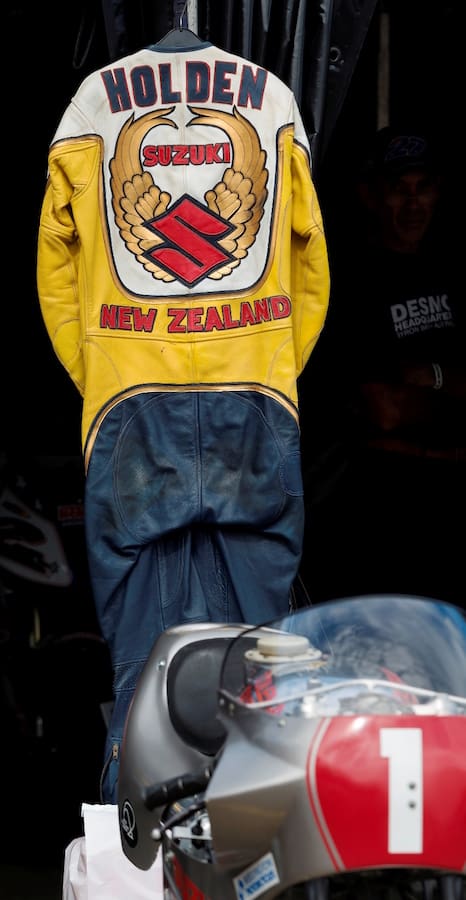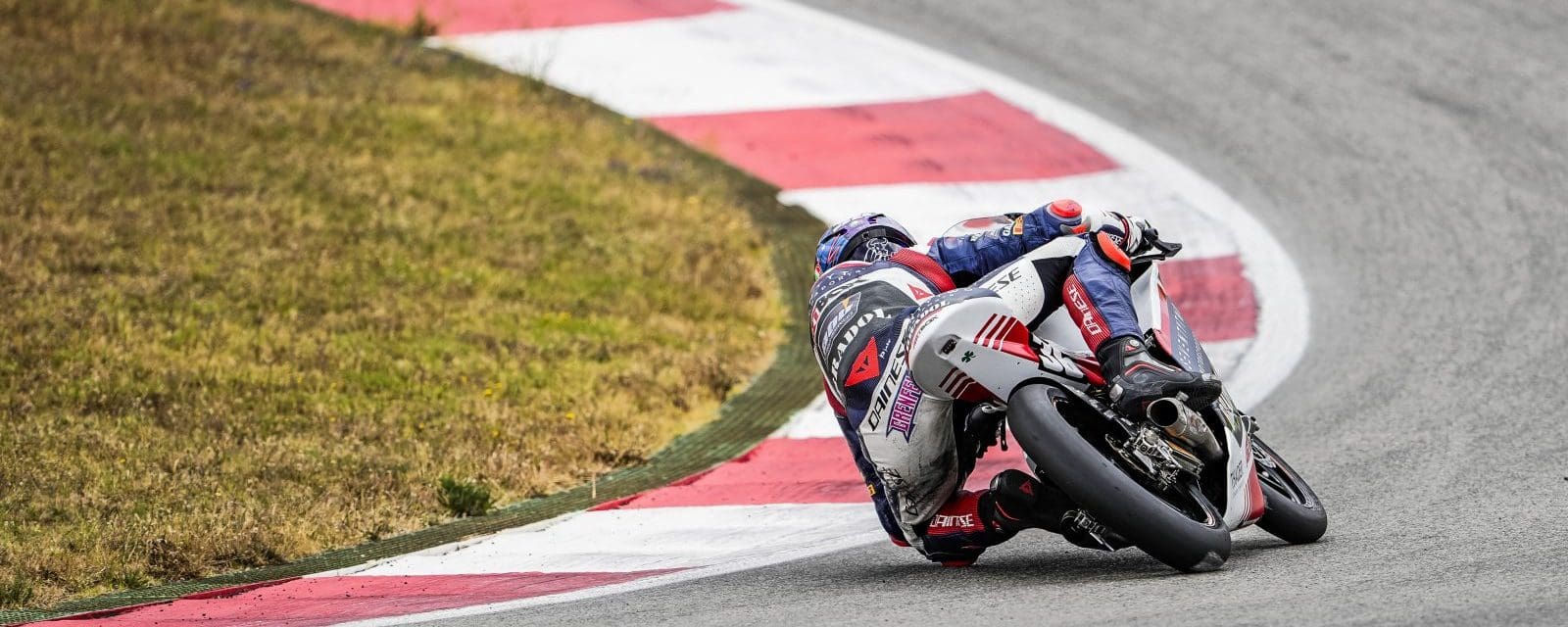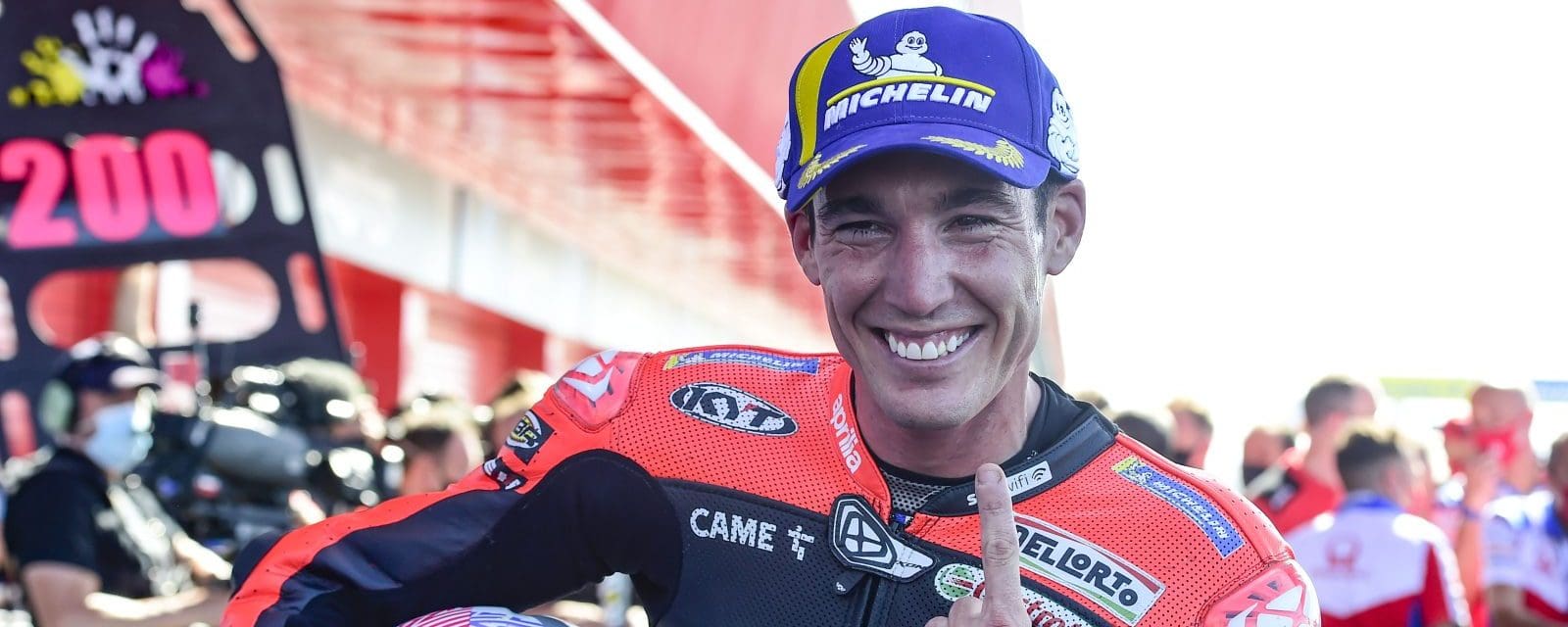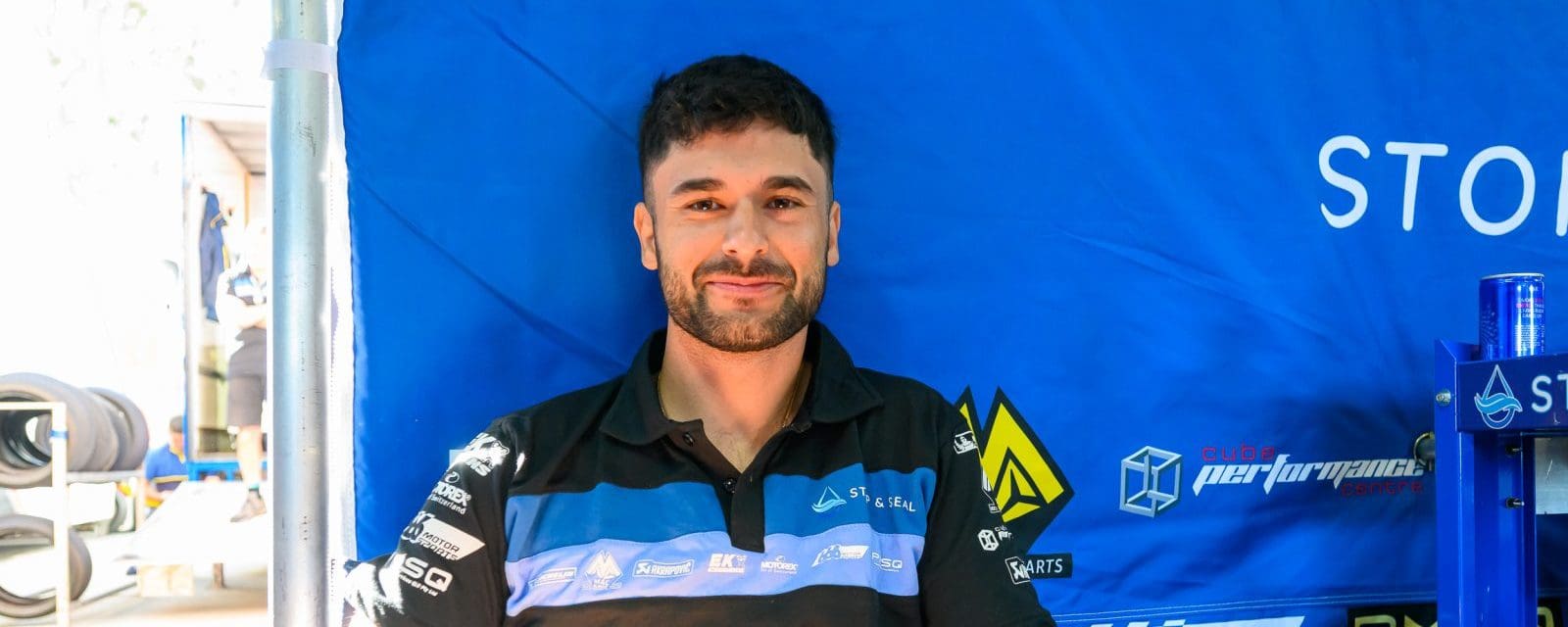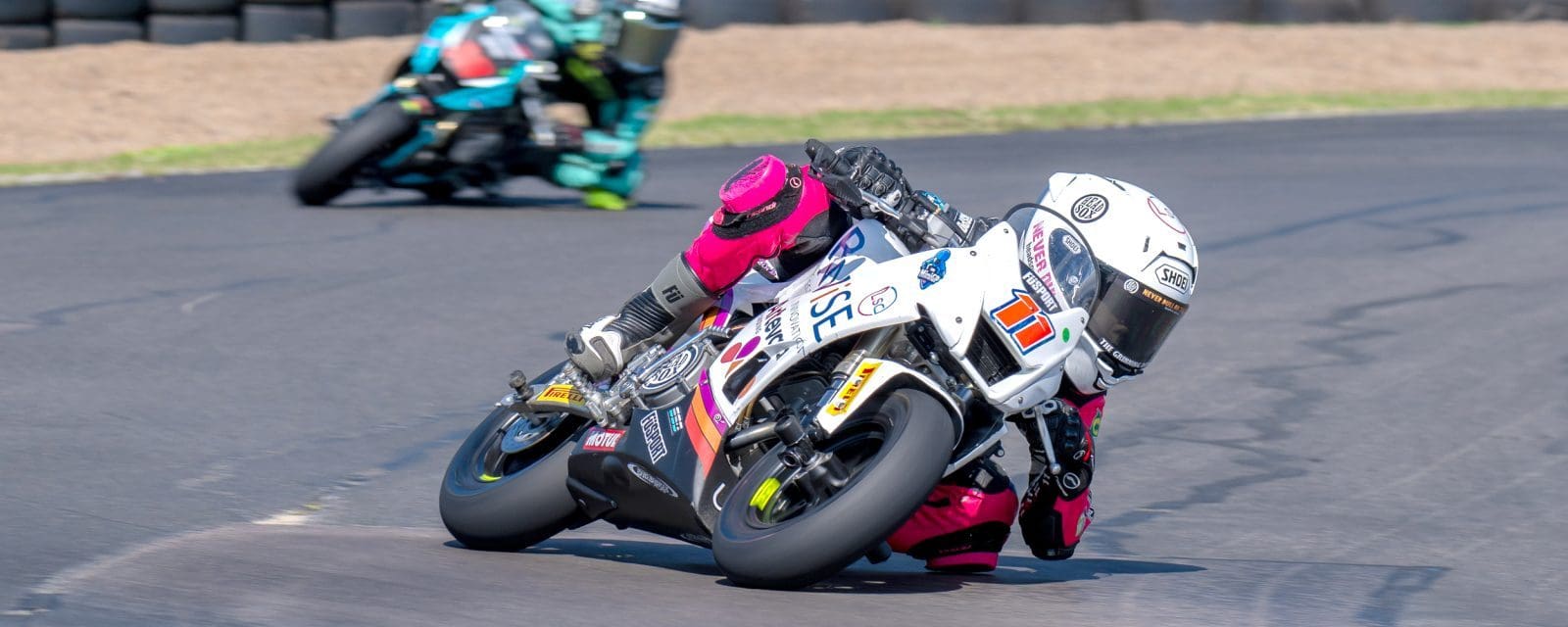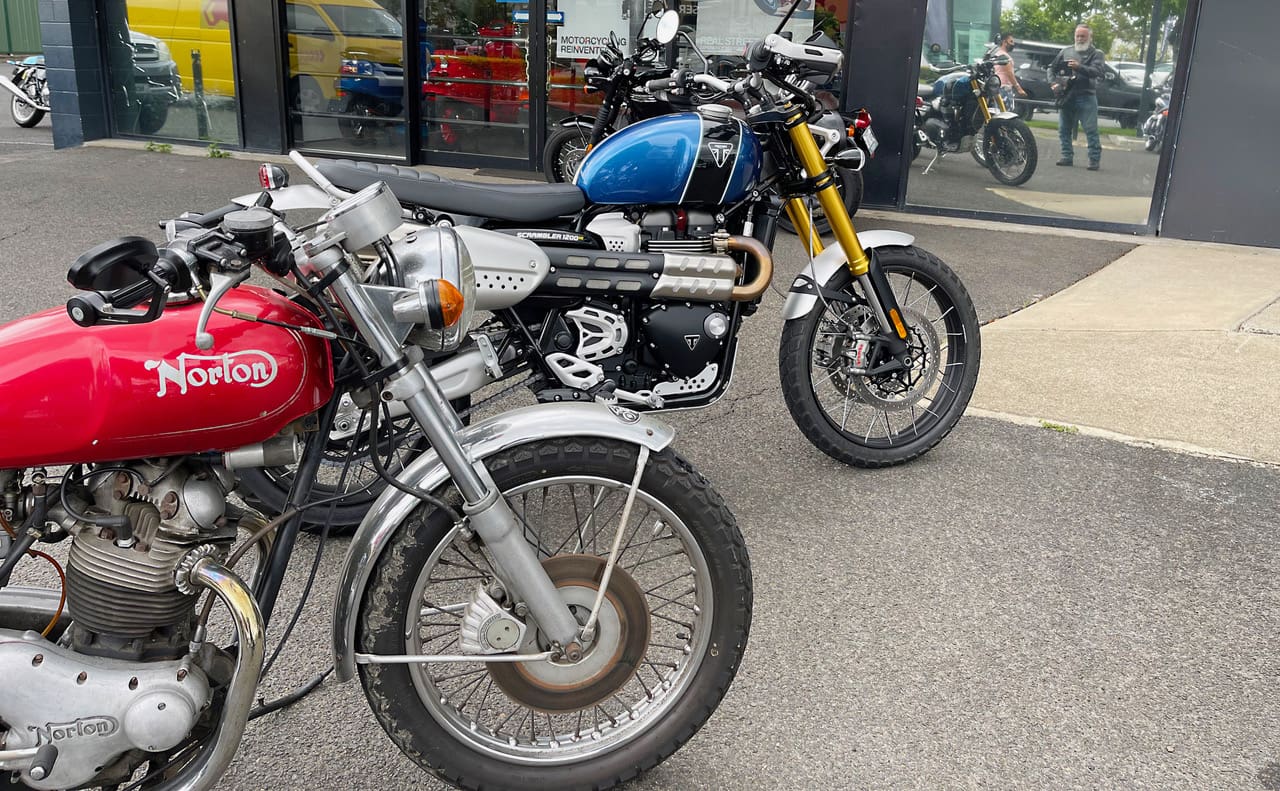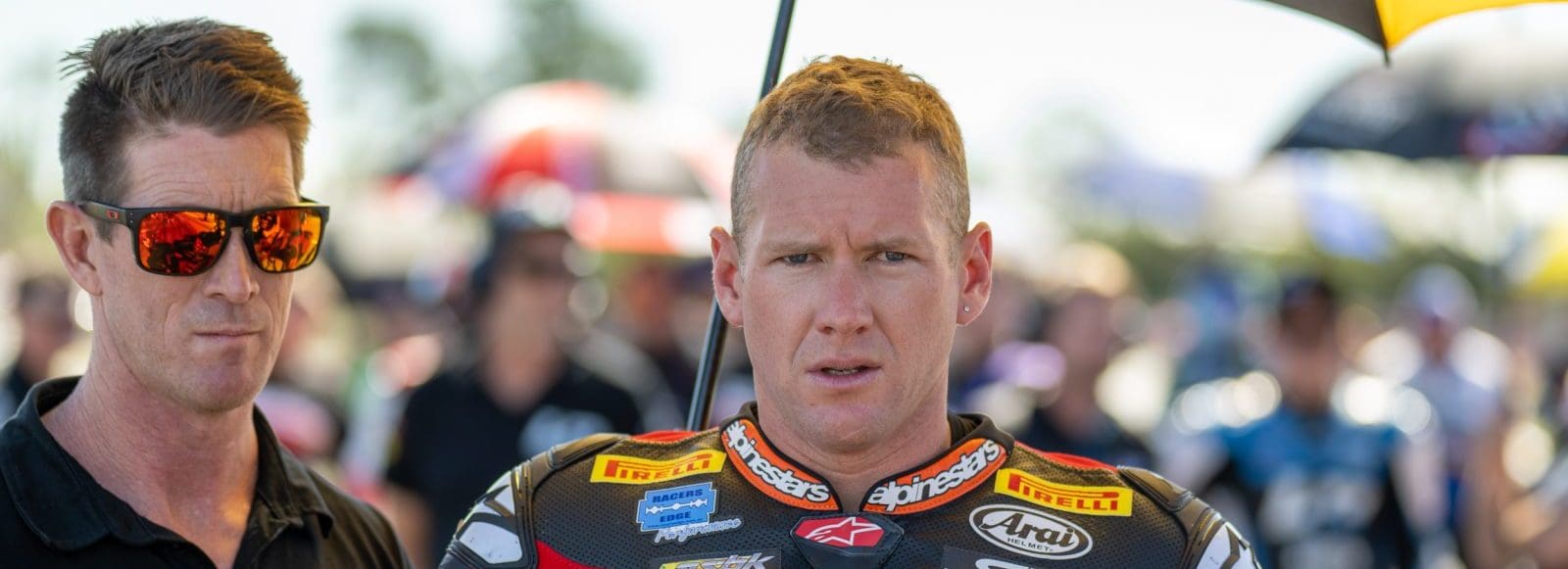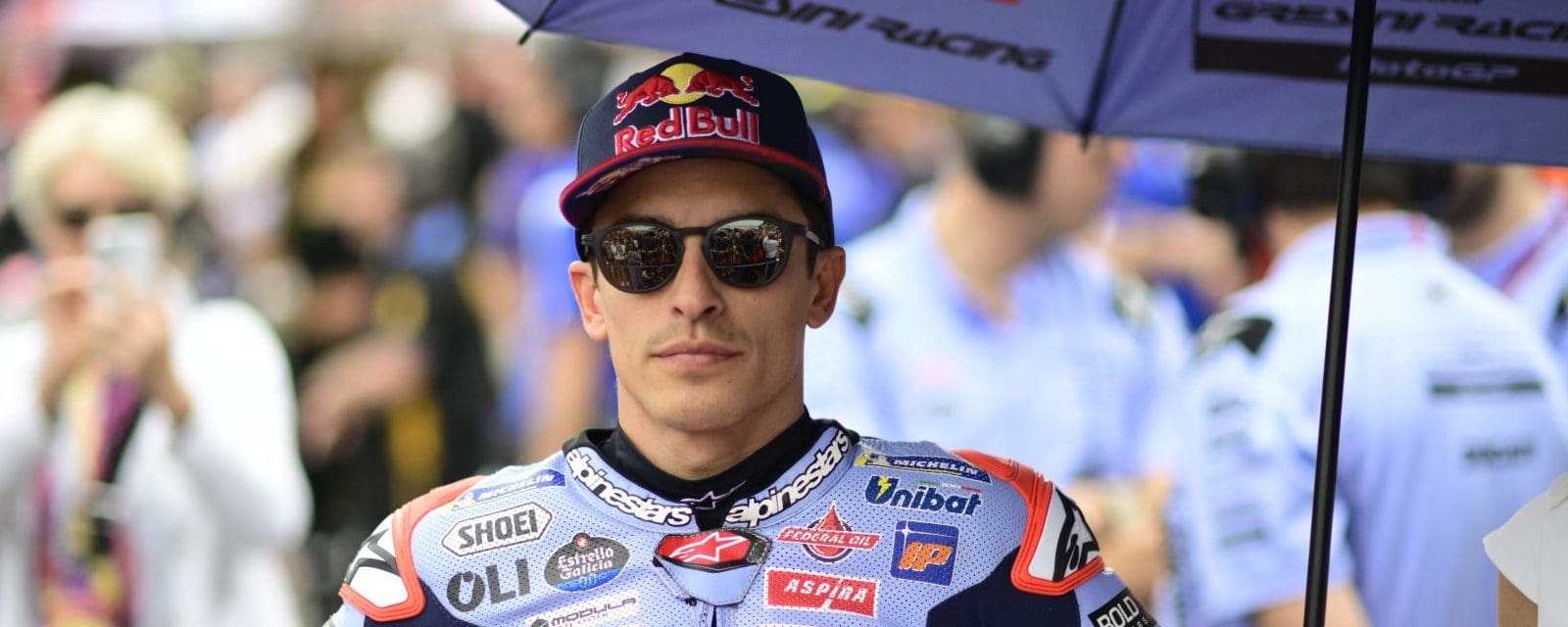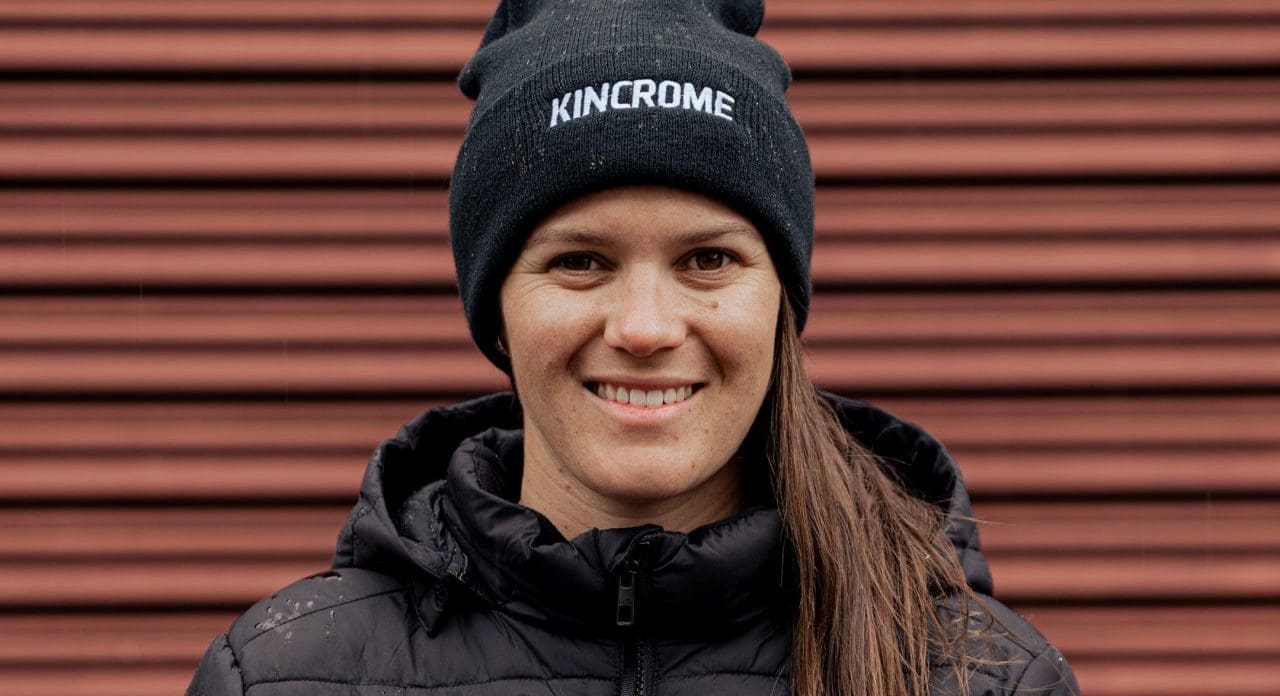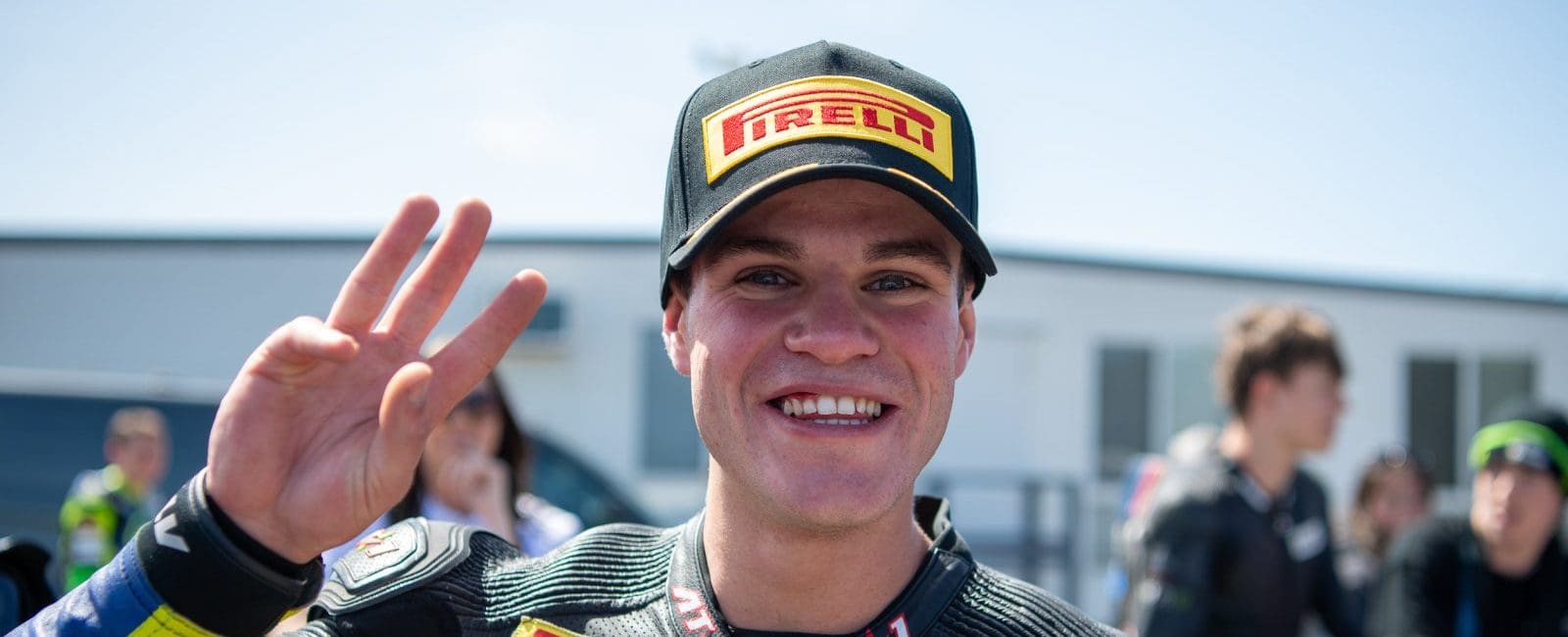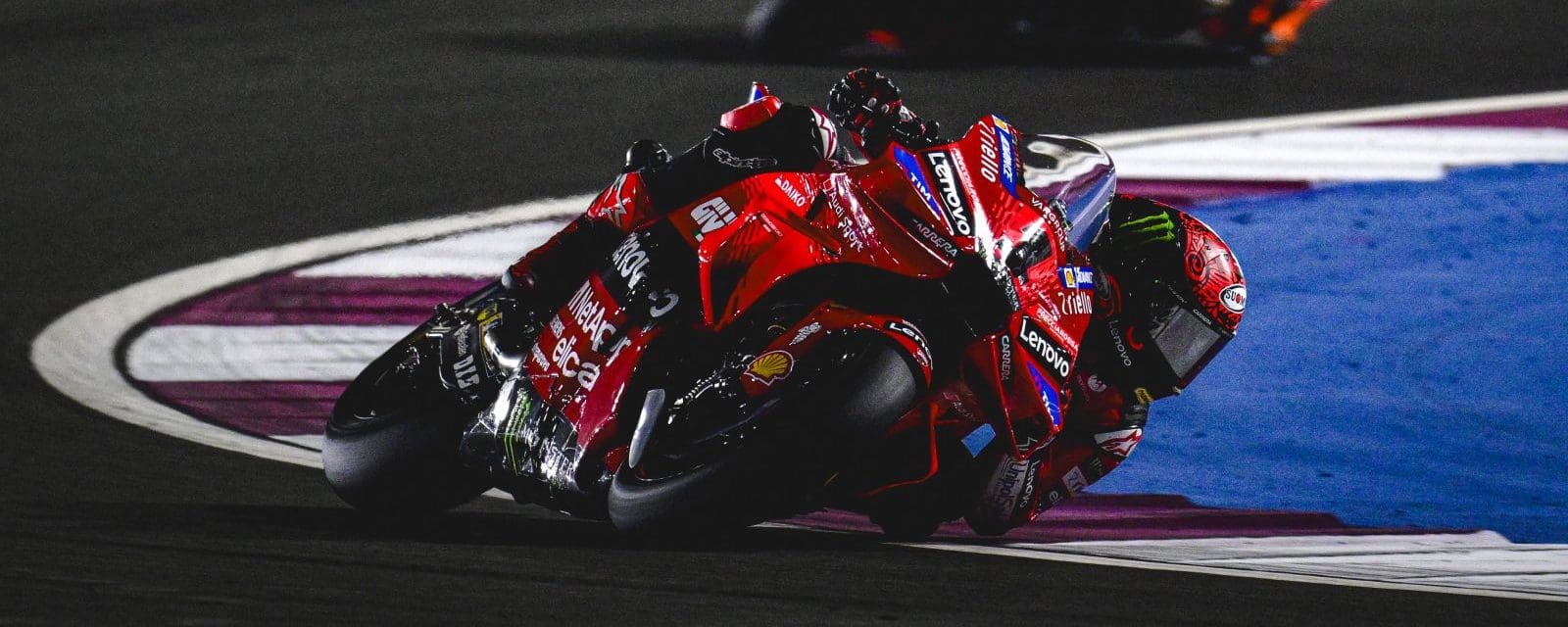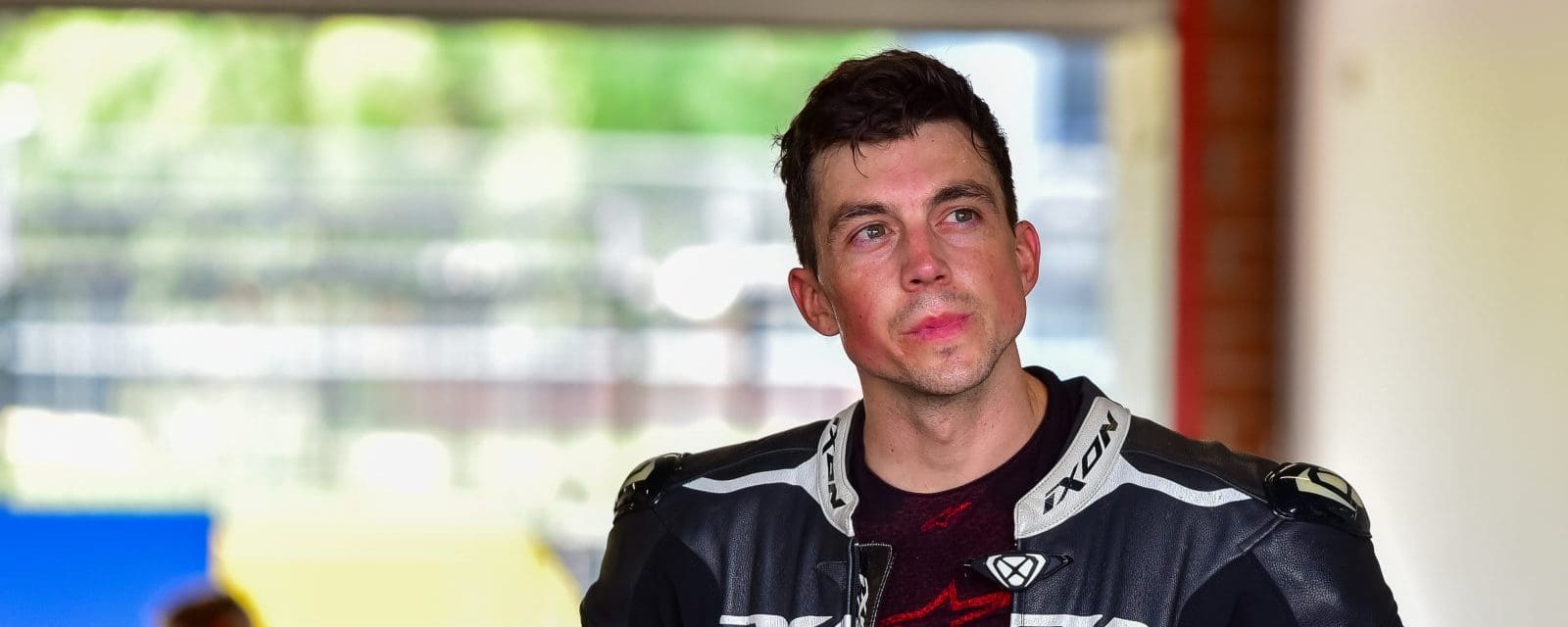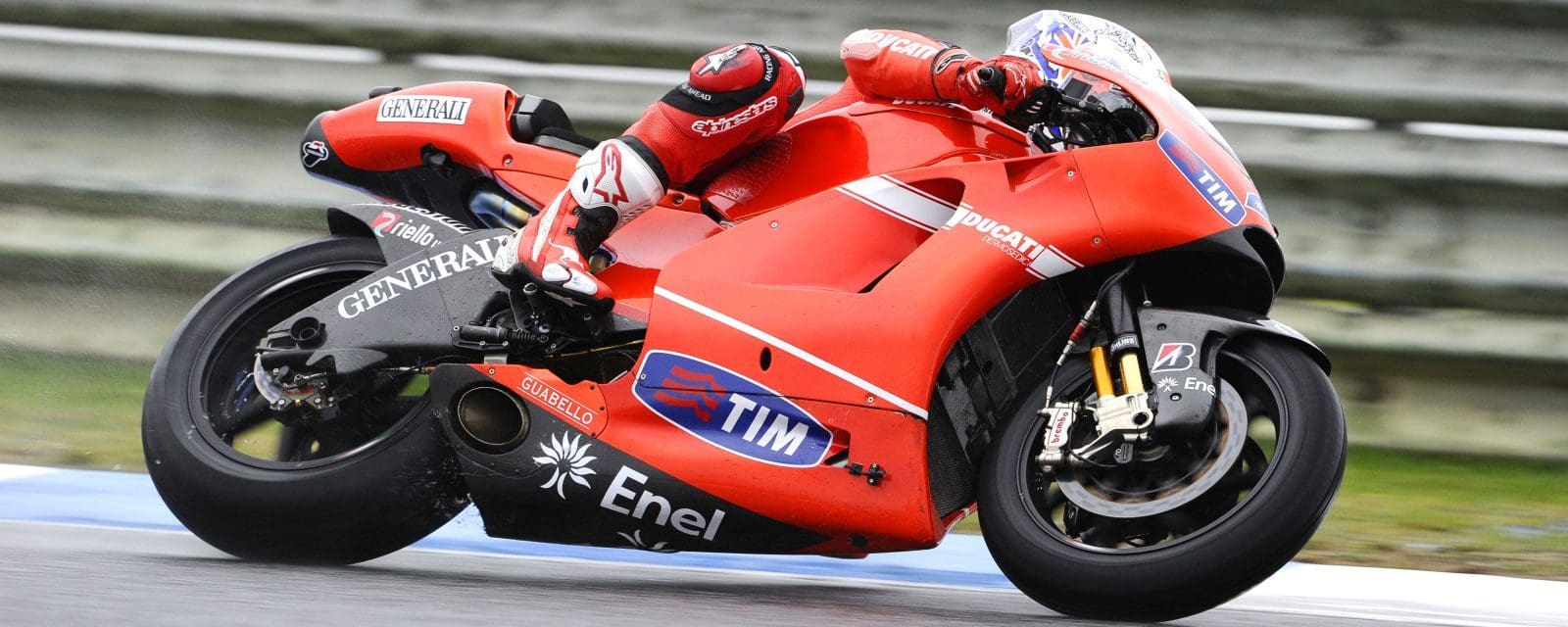As I battled my way to Sydney airport, Joni Mitchell’s Big Yellow Taxi cooed plaintively out of the hire car’s sound system.
Seventies longhairs remember these words: “Don’t it always seem to go, that you don’t know what you’ve got ’till it’s gone….”
It got me thinking about my weekend at the QBE Insurance International Festival of Speed and a unique, bright-yellow motorcycle there.
Those of us with enough brain cells left over from the excesses of our Seventies and Eighties lifestyle probably already know about Kiwi Steve Roberts and the Colemans-Suzuki-sponsored Plastic Fantastic. Here’s a refresher.
Considered to be the first carbon-Kevlar motorcycle, it was built a world away from Europe to try and win the World TT Formula One championship. This was a period when crazy theories could be tested in mainstream events.
Dave Hiscock rode it into motorcycling folklore at the Isle of Man in 1983, but didn’t win. Back Down Under, Robert Holden won every race entered, except at Bathurst when the engine died.
The 1980s was a decade of innovation. Soon after the Plastic Fantastic, carbon-Kevlar was used in Grand Prix 500cc frames, followed by carbon brake discs. World Superbikes championships were won using fuel injection and electronic engine management systems.
Looking back through an Eighties-spec pair of rose-tinted Ray Ban Aviator sunglasses, something becomes blindingly obvious.
If you built anything like the Plastic Fantastic today there is no world championship to race it in.
But a year before the Plastic Fantastic, Hiscock rode Roberts’ earlier crazy design to third in the World TT-F1 championship.
A monocoque frame was painstakingly crafted from hand-beaten 3mm aluminium sheet metal.
The best non-factory bike – as well as the most radical – it came third in the ultimate test at the Isle of Man round behind Honda riders Ron Haslam and Joey Dunlop.
To underline both its performance and the fact that wacky racebikes could contest mainstream championships everywhere, Hiscock also won the Australian Swann International Series. And to think its creator had been retrenched from Aston Martin’s bodywork shop in the early 1960s!
InterFoS paid homage to Steve Roberts and his amazing work. Not only was the monocoque Suzuki doing demo laps, it shared the track with two of the three Plastic Fantastics (the original prototype was never raced).
Kiwi motorsport commentator Spider’ Staples owns the monocoque and the yellow-liveried Plastic Fantastic. The blue version, originally raced by Norris Farrow, was brought out of retirement by racer Blair Briggs.
He bought it in 1984 after it had won the Macau Grand Prix.
“This is a special moment for me,” he said as he prepared for another demo run. “I’m riding this for the first time in 32 years while my brother, Warren, is over in the UK testing an open-wheeler 1979 McLaren M29 for the FIA F1 Legends series. So here we are again after all these years, on two wheels and four wheels.”
While the brothers were turning back the clock, it was the 50th anniversary of Joni Mitchell’s debut album, a brave but out-of-date folk effort in a new world of youth music embracing white boy’s rock.
But Joni soon amped up her songwriting and in 1970 Big Yellow Taxi hit No 6 on Aussie charts.
Its bittersweet lyrics also describe the sudden exit of her current lover in LA’s hippy apocalypse of Laurel Canyon: “Late last night, I heard the screen door slam, and a big yellow taxi took away my old man.”
Sadly, one of the most influential female voices of the Seventies has been silenced since Joni suffered a life-threatening brain aneurysm in 2015.
Meanwhile, another Big Yellow Taxi, modern motorcycle rule-making, has taken away what a lot of us used to love about the sport: brave innovation by people just like us. The Plastic Fantastic is the proof.
By Hamish Cooper
